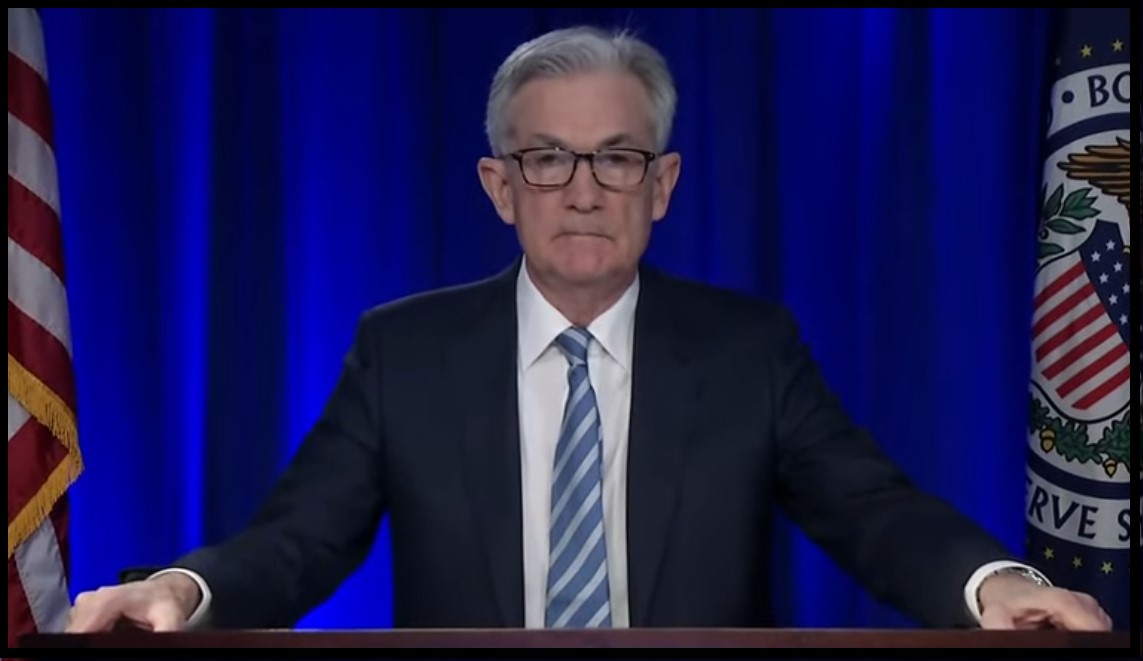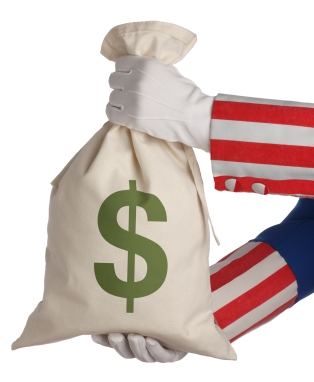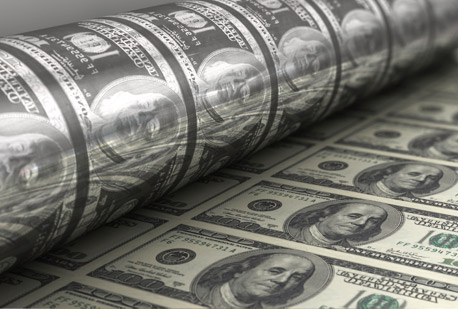As expected, the Federal Reserve has raised interest rates .50%. However, inflation is expected to remain high as prior spending debt bubble remains in place.
WASHINGTON, May 4 (Reuters) – The Federal Reserve on Wednesday raised its benchmark overnight interest rate by half a percentage point, the biggest jump in 22 years, and the U.S. central bank’s chief made an appeal to Americans struggling with high inflation to be patient while officials take the hard measures to bring it under control. (read more)

Within hours of the announcement, major U.S. banks including JPMorgan Chase & Co, Wells Fargo Bank and Citibank raised their prime rate to 4%, effective Thursday.
The timing of the rate increase is what was expected. Last year’s inflation spikes started appearing in June of 2021. By delaying the 2022 FED response until right now, the political operatives in control of U.S. monetary policy create a scenario where the Fed impact will appear to surface in June of 2022. Exactly one year from the date of the first wave of inflation from the prior COVID spend.
Year-over-year inflation will statistically begin to give the appearance of moderation, once the June (’21) to June (’22) comparison cycle arrives. The Fed and White House will use the intentionally timed statistical outcome to claim inflation is diminishing. It’s a political trick we expected.
 The key to remember is the western government debt incurred during COVID-19 is the problem. The debt incurred is unsustainable, and that debt burden can only be reduced by devaluing the currency. Inflation is the devaluing of currency that makes the debt manageable. Dollars that are worth less also make the dollar-based debt worth less.
The key to remember is the western government debt incurred during COVID-19 is the problem. The debt incurred is unsustainable, and that debt burden can only be reduced by devaluing the currency. Inflation is the devaluing of currency that makes the debt manageable. Dollars that are worth less also make the dollar-based debt worth less.
From the position of the government inflation is good, it makes the debt burden less heavy. Unfortunately, that same inflation makes our money worth less, and our wages are chewed up by higher prices. Wages are destroyed by the increased prices the prior spending created.
In this inflation/debt position, the BlackRock/Vanguard approach of physical ownership of real estate and physical stuff becomes way more important than holding money or dollars which continue to lose value. Physical ownership of material stuff is important right now, that’s why we have seen massive institutional investors purchasing real property and physical assets.
It’s not just a U.S. problem, all western government’s went on a COVID economy spending spree, and the scale of their spend/debt is directly proportionate to the current rate of their inflation. The U.S. inflation is highest amid western economies because the U.S. government spent the most.
As the Fed raises interest rates, the Biden administration will continue spending money to keep inflation high. When it comes to the rate of inflation, the Fed is putting one foot on the brake, while congress keeps it’s foot on the gas.
Remember, and emphasize as much as needed for importance, the U.S. government (Biden administration) needs inflation in order to sustain debt.
 That’s why we are seeing a Ukraine spending package ($33 billion), the next round of COVID spending ($22 billion), and now a demand for a college loan bailout ($900 billion). Combined the three massive spending packages generate another $1 trillion in artificial money, designed to keep inflation high.
That’s why we are seeing a Ukraine spending package ($33 billion), the next round of COVID spending ($22 billion), and now a demand for a college loan bailout ($900 billion). Combined the three massive spending packages generate another $1 trillion in artificial money, designed to keep inflation high.
The Fed/White House are working together to try and manipulate the economy. You can identify their intent by noticing both actions work to counteract each other.
Right now, our U.S. economy is a game of musical chairs, and they are trying to keep the music playing. However, the record is slowing (economy is contracting), and the music sounds weird. Inside the economy the activity is not existent. Consumer spending is high only because ordinary stuff costs more; the economy itself is not generating any additional value.
Things are very sketchy, and the Fed waiting for the calendar inflation cycle to arrive was transparent.

Why did J. Powell agree to be the ‘fall guy’ for the deep state and destruction of America? Wrong or Right, he will be forever remembered as the person who dilly dallied and let inflation rage and with it the financial ruin it brings.